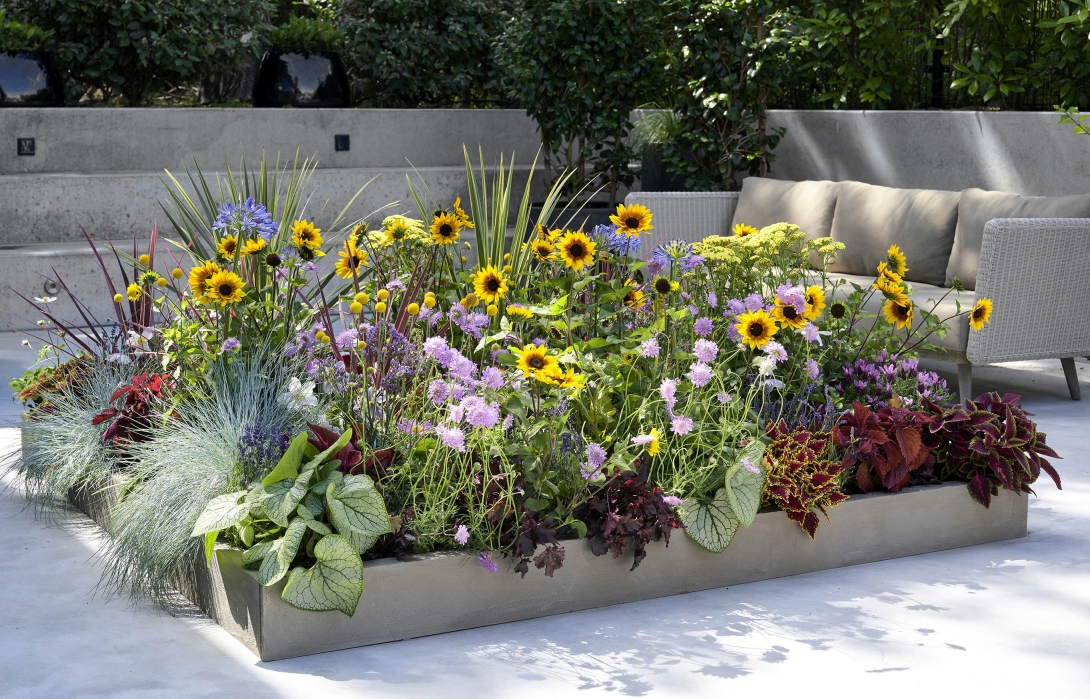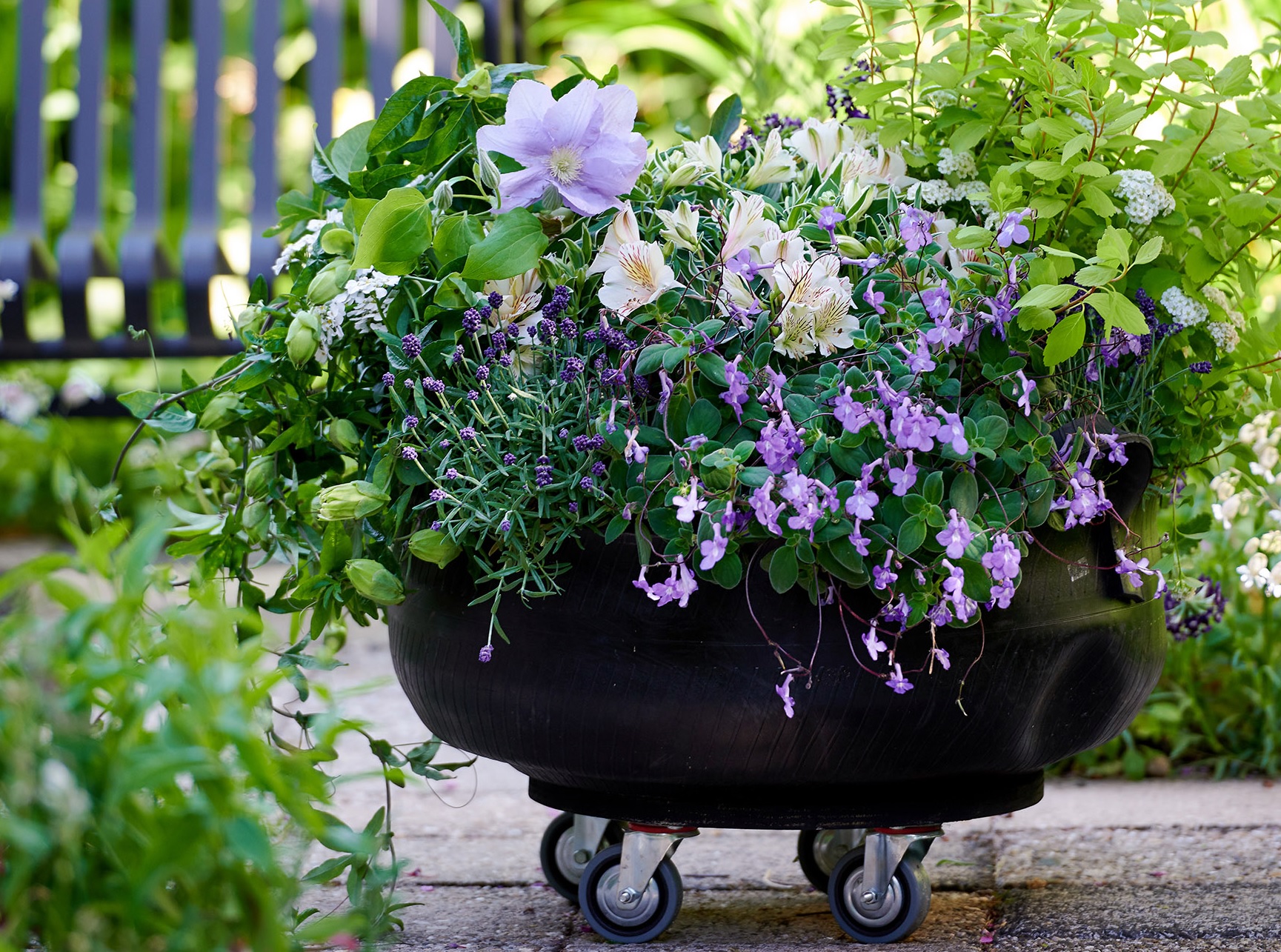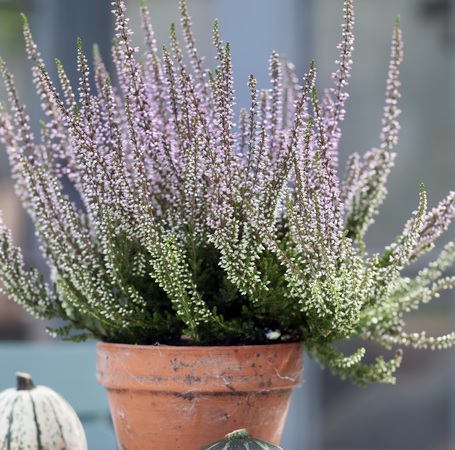- Είστε εδώ:
- Topic of the month: biodiversity


Biodiversity
Biodiversity in the garden stands for a garden full of life. Think of animals such as bees, butterflies and birds, as well as different plants and fungi. Besides being very environmentally friendly, a biodiverse garden is also super fun to discover all kinds of animals in your own garden. We will be happy to tell you more about how you can adapt your garden plant offerings accordingly. Are you passing these tips back to your customers?
Put trees and shrubs in the garden
Bright flowers add cozy color to a garden, but trees and shrubs are also important. After all, these can provide shelter for different animals, to nest in, for example. Fruit trees are also a good option. They look nice in the garden, and with their fruit or blossoms they provide sufficient food.
Garden waste is not waste
Gardens are well maintained these days, actually a little too well when it comes to biodiversity. Pass on the tip to your customers that it's fine to leave some branches and leaves lying around once in a while. This is because it is a good hiding place for various insects, as well as hedgehogs.
Take care of the animals
It doesn't hurt to give nature a hand anyway. You can do this by hanging up birdhouses and/or bird feeders, for example. Or place a bird drinking bowl in the garden. Another thing we often see is an insect hotel. This way, instead of fighting insects, you can give them a valuable place in the garden. So plenty of options!

Offer a special range of nectar plants
A flowering garden is a sweet shop for bumblebees and honeybees, butterflies and other insects, particularly since intensive agriculture and increasingly paved gardens mean that they are struggling to find food. This is threatening these useful creatures, who are very important for pollinating flowers, plants and crops.
Bees are an issue of great interest in many European countries, and people are thereby paying particular attention to honey plants. It is therefore useful for you to pay extra attention to this topic, and to ensure that your shop is full of insect-friendly nectar plants.
Let it roll
A mobile container full of treats for bees and other pollinators in a trendy lilac/purple spectrum. The main plants are: Passiflora caerulea / Iberis Masterpiece / Lavandula angustifolia 'Hidcote' / Clematis / Spirea betuiifolia 'Thor' / Verbena / Streptocarpus saxorum / Alstroemeria


Butterfly bush
The Butterfly Bush completes an insect-rich garden. This piece of cheerfulness is a magical butterfly attractor and can grow up to 400 cm high! A true insect-friendly plant! It also likes heat and likes to be in full sun or partial shade. The flowering period is July to September.
Bullet thistle
As the name suggests, the Bullet Thistle is a bullet-shaped flower. The flower color is light blue and it has a flowering period from about July to September. A true feast to look at and for insects to taste.


Heather for the autumn
In September, the summer bloomers in the garden or on the patio are past their peak: it’s time for the heather (Calluna) to start flowering. Heather blooms in September and lasts until early November. The flowers contain lots of nectar. Heather is therefore one of the most important sources of heather honey. Honeybees and other bees can quickly top up their stocks of honey before winter arrives.
 Nederlands
Nederlands  English
English  Français
Français  Deutsch
Deutsch  Español
Español  Româna
Româna  Polski
Polski  Slovensky
Slovensky  Slovenija
Slovenija  Italiano
Italiano  Svenska
Svenska  Magyar
Magyar  Latviešu
Latviešu  Suomi
Suomi  ελληνικά
ελληνικά  Ceština
Ceština  Hrvatski
Hrvatski 
